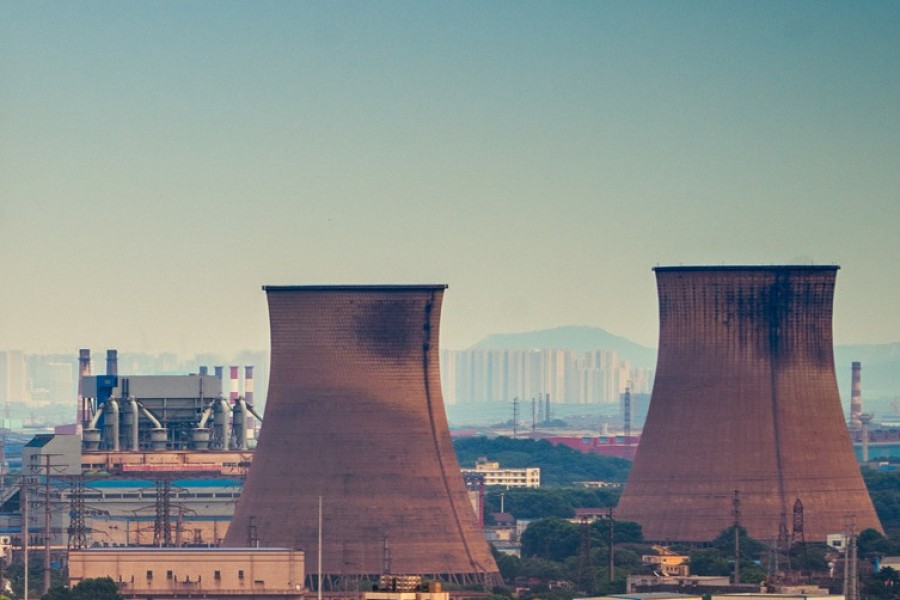Online Gas Detection Solution for Nitrogen Oxides

By John Doe - 02/04/2025 - 0 comments
Nitrogen oxides include a variety of compounds, such as nitrous oxide (N₂O), nitric oxide (NO), nitrogen dioxide (NO₂), dinitrogen trioxide (N₂O₃), dinitrogen tetroxide (N₂O₄), and dinitrogen pentoxide (N₂O₅), etc. Except for nitrogen dioxide, other nitrogen oxides are extremely unstable. They turn into nitrogen dioxide and nitric oxide when exposed to light, moisture, or heat, and nitric oxide then turns into nitrogen dioxide. Therefore, the gas mixture commonly referred to as "nitrous fumes (gas)" in occupational environments is mainly a mixture of nitric oxide and nitrogen dioxide, with nitrogen dioxide being the predominant component. Nitrogen oxides all have varying degrees of toxicity.
The hazards of nitrogen oxides are significant:
(1) They pose a threat to human health.
(2) They damage the growth of forests and crops.
(3) They have a major impact on global climate change and cause severe damage to the ozone layer in the upper atmosphere.
The emission concentrations of sulfur dioxide and nitrogen oxides in flue gas should be converted according to the specified excess air coefficient. The value of the conversion depends on the measured value of the oxygen content in the flue gas. Therefore, controlling the oxygen content in the flue gas during operation is crucial for controlling the emission concentration of pollutants.
The core component for detecting gases in flue gas is usually the gas sensor. The sensor used in this solution is different from ordinary electrochemical sensors and has the advantages of high temperature resistance, high stability, and accurate detection.
